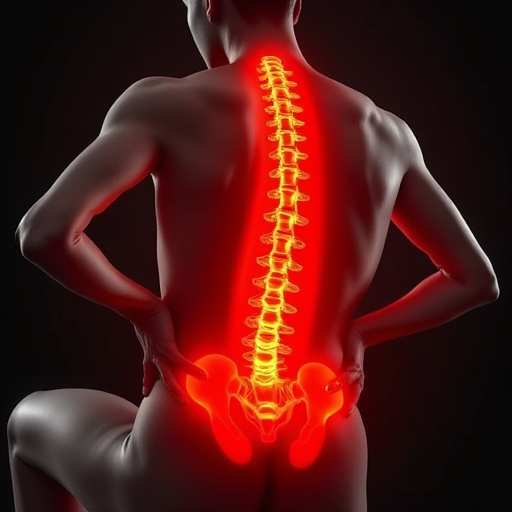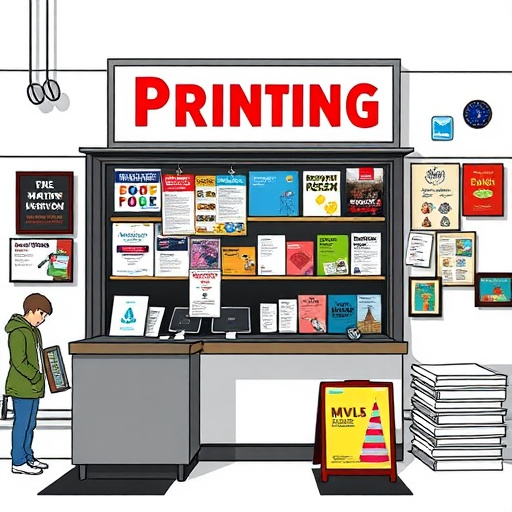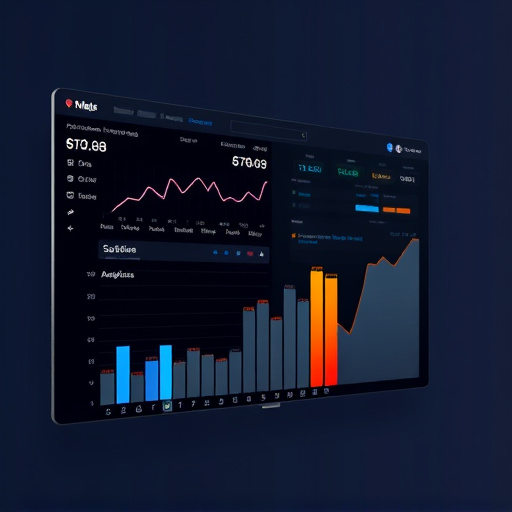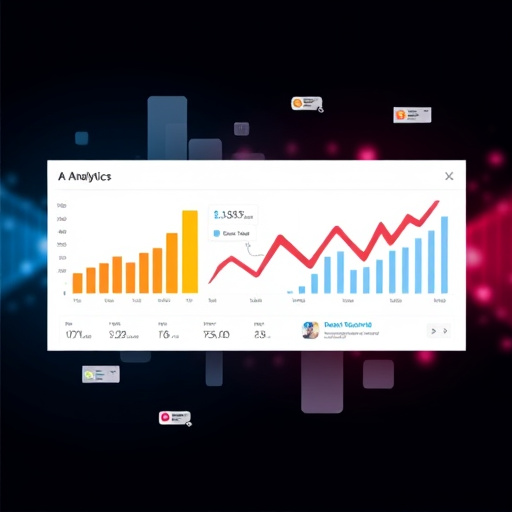Bounce rates are key indicators of user satisfaction and engagement on websites, especially with responsive design that adapts to various devices. Non-responsive designs lead to high bounce rates due to poor mobile experiences, while responsive design enhances engagement and reduces bounce rates. For local businesses, strategic SEO services like local citations and link building, combined with effective responsive design, are crucial for converting visitors into customers in competitive markets like digital marketing Dallas and local SEO Frisco. Responsive web design is vital for user retention, engagement, and conversion in today's diverse device landscape.
Responsive web design has become a cornerstone of digital strategy, transforming how websites adapt to diverse screens. This article delves into the profound impact of responsive design on bounce rates, exploring key metrics in web analytics to understand user behavior. We uncover the advantages it brings for user retention and engagement, providing actionable insights for optimizing websites to foster longer visits and reduce exit rates. By embracing responsive design, businesses can create seamless experiences that resonate with modern users.
- Understanding Bounce Rates in Web Analytics
- Key Advantages of Responsive Design for User Retention
- Optimizing Websites for Better Engagement and Lower Bounces
Understanding Bounce Rates in Web Analytics

Bounce rates are a crucial metric in web analytics that measure the percentage of visitors who leave a website after viewing only one page. It’s a key indicator of user engagement and satisfaction, reflecting how well a site caters to its audience’s needs on first contact. In the context of responsive web design, understanding bounce rates becomes even more critical as it directly impacts how users interact with and navigate your online presence across various devices.
When a website is not optimized for responsiveness, users often face frustrating experiences—from slow loading times to poorly displayed content on mobile screens. These issues can prompt visitors to quickly exit, driving up bounce rates. On the other hand, a responsive design ensures a seamless experience regardless of the device used, keeping users engaged longer and reducing the likelihood of them leaving after just one visit. This is especially important for local businesses relying on digital marketing, where potential customers near me (SEO consultant near me) are often just one click away from discovering whether your site offers the information or products they seek—or if it drives them away due to a poor user experience. Effective responsive design, along with strategic local citation services and link building services, can significantly contribute to lower bounce rates and better conversion metrics.
Key Advantages of Responsive Design for User Retention

Responsive web design offers significant advantages when it comes to user retention and engagement, which is crucial for any online business, especially in competitive markets like digital marketing Dallas and local SEO Frisco. By ensuring a seamless viewing experience across all devices, from desktops to smartphones, responsive design keeps visitors on the page longer. This is achieved by automatically adjusting content, images, and layout based on the screen size, making the site easy to navigate and use on any platform.
Such adaptability not only improves user satisfaction but also plays a vital role in reducing bounce rates. When a website is optimized for different devices, users are more likely to explore its offerings, leading to increased engagement and higher conversion chances. This strategy is particularly beneficial for local businesses targeting specific geographic areas through local SEO Frisco, as it ensures their online presence caters to diverse user needs regardless of the device they use.
Optimizing Websites for Better Engagement and Lower Bounces

In today’s digital landscape, where users access websites from a multitude of devices, responsive web design is no longer an option but a necessity. Optimizing websites for responsiveness ensures that they adapt seamlessly to different screen sizes and resolutions, providing an optimal viewing experience regardless of whether it’s a smartphone, tablet, or desktop computer. This not only enhances user satisfaction but also plays a pivotal role in reducing bounce rates. When a website is designed with a responsive approach, users are more likely to engage with its content as they encounter no visual jarring or navigation challenges on different platforms.
A top-tier web design agency understands the significance of this and tailors custom website design services for clients in South Florida and beyond. By implementing responsive design principles, these agencies craft websites that not only look stunning but also function flawlessly across all devices. Consequently, visitors are more inclined to explore the site further, leading to lower bounce rates and increased engagement. This strategy is crucial in a competitive market where retaining users can significantly impact a website’s success and its ability to achieve marketing goals.
Responsive web design is a powerful strategy to optimize user experiences and reduce bounce rates. By ensuring your website adapts seamlessly to various devices, you create an engaging environment that keeps visitors longer. Implementing this design approach allows for better content delivery, improved navigation, and enhanced visual appeal across all platforms, ultimately leading to higher user retention and reduced exit rates.














